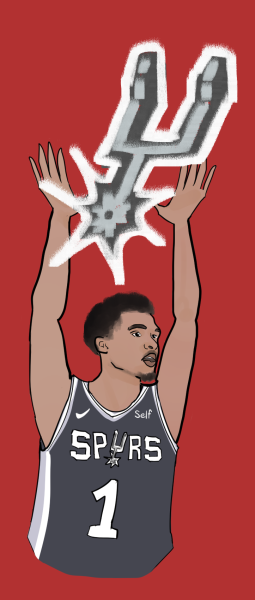Tennis the way it should be at the Australian Open: Why women’s tennis is more interesting than men’s
Winners Sabalenka and Novak Djokovic demonstrate the drastic difference between the two games
The 2023 Australian Open in Melbourne brought what most fans of tennis could have expected — Novak Djokovic, the self-proclaimed “best player in the world,” came away with a record-breaking 10th Australian Open title, and a toss-up on the women’s side led to a first-time winner in a field of players with less than three slam titles to their name. For the past several years, the men’s game has been dominated by the “Big Three,” made up of Djokovic, Rafael Nadal, and the now-retired Roger Federer. By contrast, the women’s game has been much more of a revolving door since Serena Williams left the game last fall, and arguably even before. While the story of a “GOAT” is appealing to fans, sports are meant to showcase not the domination of a select few athletes but instead competition between the greatest athletes in the world, which the women’s game does perfectly.
According to Signal AI, men’s tennis received 41% more media attention than women’s in 2018, and only two of the top covered players were women: Serena Williams and Simona Halep. This difference in coverage is a clear signal that the world cares less about women’s tennis than men’s, or at least that media outlets think the world consumes more media on men’s tennis. Additionally, the BBC reports that the men’s tour attracts nearly three times as many viewers as the women’s. As tennis fans though, what is the excitement of watching the same three guys winning for nearly 20 years? We should look to the women’s game to see how tennis really should be.
As someone who was brought to the world of tennis by the magnetic force of Serena Williams and her journey to win a slam after having a baby in 2017, I recognize how captivating the force of greatness can be. However, since 2004, there have only been eight men’s players to win a Grand Slam outside of the Big Three. That is 76 tournaments over nearly two decades undisputably dominated by three main players, compared to the whopping 31 women who have won a Grand Slam within that time — with Serena Williams accounting for 17 titles. While Federer, Nadal and Djokovic are obviously masters of their craft, the women’s game is much more interesting to watch because there is actually a give and take in matches.
Aryna Sabalenka, a Belarusian player and the newest member of tennis’ coveted group of Grand Slam champions with her victory in Melbourne this January, is a great representation of the varied nature of women’s tennis. The 24-year-old had won 11 singles titles before finally breaking through to seize her first Grand Slam final and title with the first Slam of the year, Melbourne’s Australian or “Sunshine” Open.
Sabalenka was ranked fifth in the tournament, overcoming four ranked players to nab her first title. She was the top-ranked player out of all of her opponents in the tournament, further highlighting how varied the women’s game really is. Elena Rybakina, Sabalenka’s final opponent, defeated the number one seed, Iga Świątek, in the round of 16. The next highest ranking, Jessica Pegula, at number three, lost in the quarterfinals. The depth of talent and skill in the women’s game runs deep, and unlike the men’s game, the field of players is able to compete for slams on an it’s-anyone’s-game basis.
Young and hungry hopefuls on the men’s side, like Casper Ruud, Stefanos Tsitsipas (who made it to the finals against Djokovic this tournament) and Andrey Rublev, are top-ranked and talented players who’ve yet to break through the seemingly impenetrable barrier to winning a grand slam outside of the Big Three. All this being said, Daniil Medvedev and Carlos Alcaraz, a 19-year-old Spanish superstar, are two recent champions that seek to end the domination of the Big Three and open up the men’s field. With the recent retirement of Federer and the aging and injured Nadal, the Big Three is starting to slim down to the last man standing — a seemingly immovable Djokovic.
Over the years, it has been frustrating to follow the men’s game because of how static the frequency of winners has been, whereas, in the women’s game, even with stars like Naomi Osaka and Iga Świątek, there has been no domination of Grand Slams. In fact, it has been quite the opposite — there have been 12 different slam winners over the past five years, so following the women’s draw is much more engaging because of the ever-constant rise of new winners. That’s why it is so important to support women’s tennis — it has much more actual competition.
Ultimately, if feminism or passion for justice can’t convince folks to watch women’s tennis, maybe the notion that it is actually more intriguing to follow will gain support from sports fans everywhere.

I am an International Studies and Political Science major with a minor in Spanish. My passions lie in studying methods of peaceful and diplomatic interactions...










